Newborn Photoshoot Prep: Some Essential Tips
Preparing your home for a newborn photoshoot is essential in ensuring a successful and stress-free session. From clearing clutter to creating a comfortable and safe environment for your baby, there are several things to consider when preparing your home for a newborn photoshoot.
This guide will provide tips and a checklist to help you prepare your home for a newborn photoshoot. We’ll cover everything from setting up a designated space to ensuring your baby is comfortable and safe during the shoot.
10 Tips for preparing your home for a newborn photoshoot!
- Choose the right space: Select a room with ample natural light and space to move around. Large windows, a sunroom, or an open living area are ideal for a newborn photoshoot.
- Declutter: Remove any distracting objects or furniture from the room to create a clean and simple backdrop for the photos. This will help the focus remain on the baby and create a more professional-looking result.
- Set the temperature: Warm up the room to a comfortable temperature for the baby, typically around 75-80°F (24-27°C). This will help the newborn feel cozy and relaxed during the shoot.
- Prepare props and outfits: Gather a variety of blankets, wraps, headbands, hats, and outfits that you’d like to use during the photoshoot. Opt for soft fabrics and colors that complement your baby’s skin tone and the room’s color scheme.
- Sanitize and clean: Ensure all surfaces, props, and outfits are clean and sanitized before the shoot. This will help keep your newborn safe and healthy during the photoshoot.
- Feed and change the baby: Make sure your baby is well-fed and has a clean diaper before the photoshoot begins. A full, clean, and happy baby will be more relaxed and cooperative during the session.
- Create a soothing atmosphere: Play soft music or white noise in the background to help calm your baby. You may also want to diffuse a mild, baby-safe essential oil to create a calming ambiance.
- Have backup plans: Be prepared with extra outfits, diapers, wipes, and burp cloths in case of accidents. You never know when you’ll need them during a newborn photoshoot.
- Plan your outfit: If you plan to be in some photos, coordinate with the baby’s and the room’s color scheme. Choose comfortable and flattering clothing, and avoid bold patterns or logos that may detract from the focus on the baby.
- Communicate with the photographer: Discuss your expectations, preferences, and any specific poses or props you’d like to use with the photographer beforehand. This will help ensure a smooth and successful photoshoot and that you’re on the same page with the photographer.
In-home lifestyle newborn photography ideas
In-home lifestyle newborn photography focuses on capturing natural, candid moments between the baby and family members in a relaxed and comfortable environment. Here are some ideas to create beautiful and meaningful lifestyle newborn photos:
- Baby’s nursery: Capture photos of the newborn in their beautifully decorated nursery, surrounded by items that the parents have carefully chosen. This can include a crib, a rocking chair, or a cozy corner with stuffed animals.

- Family cuddles: Take photos of the entire family on a bed or couch. This creates a warm and intimate scene that showcases the love and bond between the family members and their newest addition.
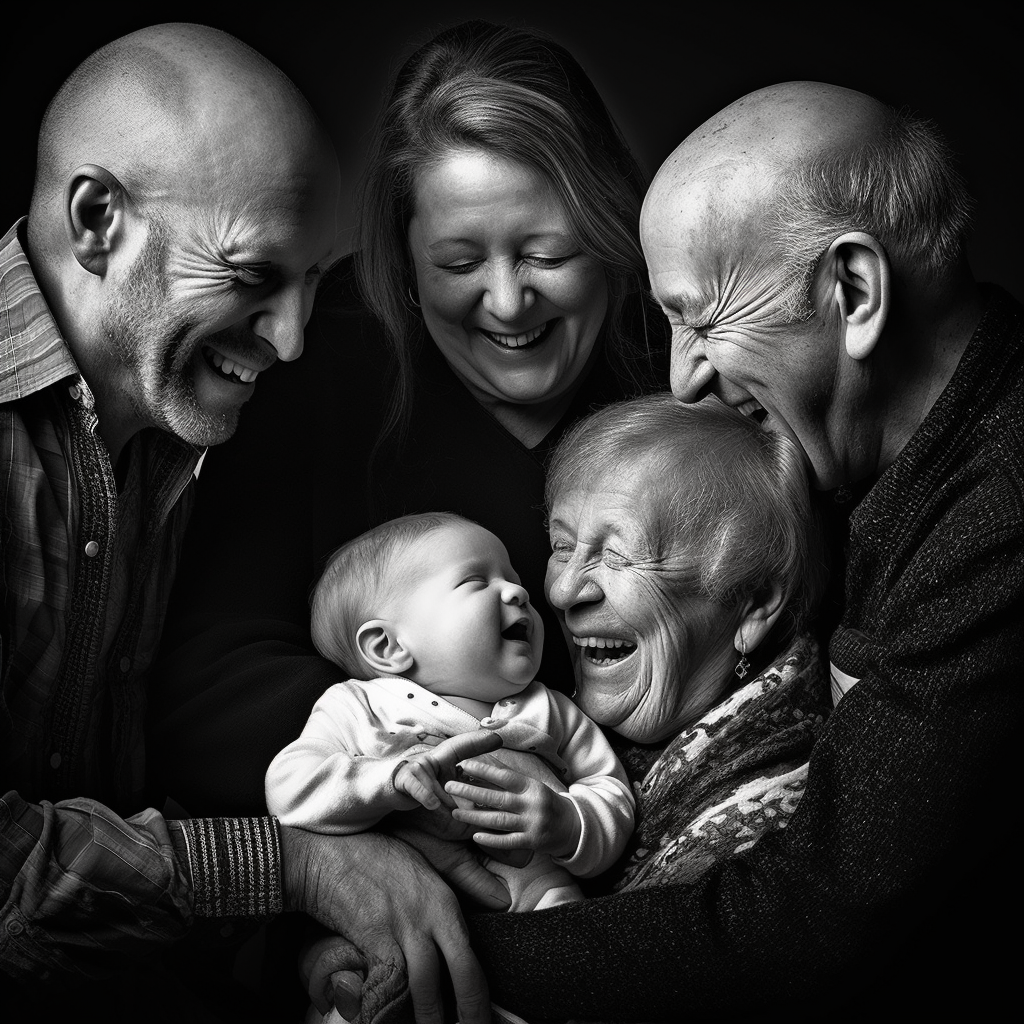
- Siblings interaction: If the newborn has siblings, capture their interactions – such as gentle touches, kisses, or holding the baby’s hand – to show the growing relationship between them.
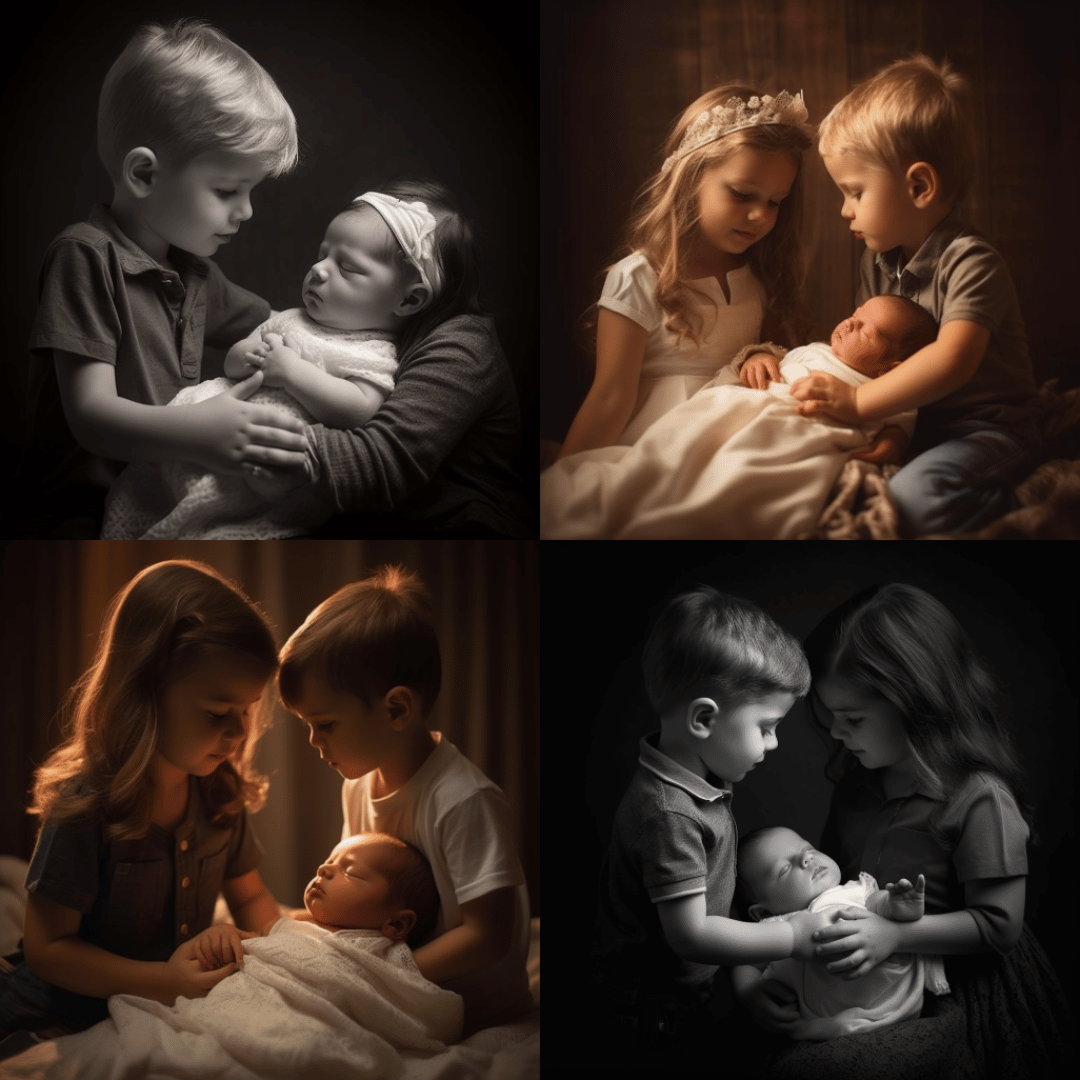
- Parents’ embrace: Photograph each parent holding and cradling the baby individually, showcasing the unique bond between each parent and the newborn.
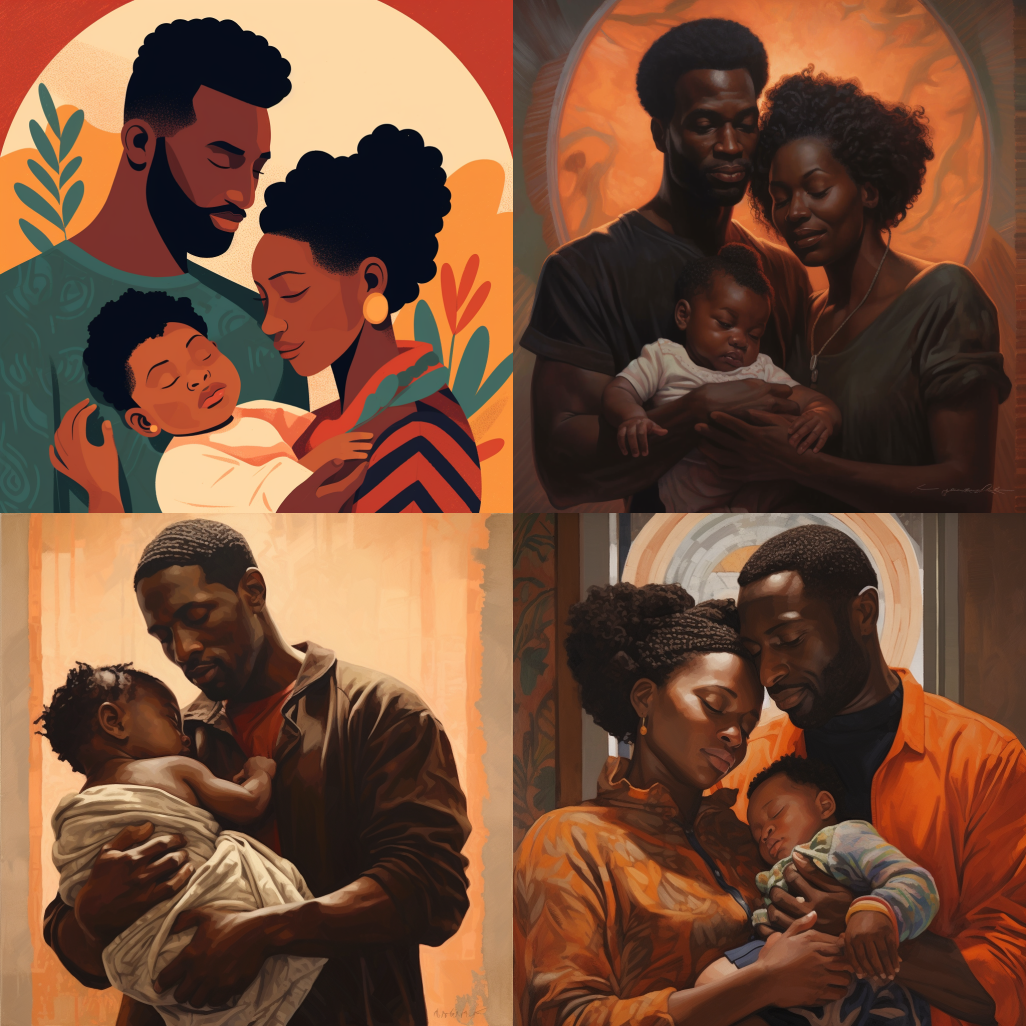
- Feeding time: Capture candid moments of the mother nursing or bottle-feeding the baby, showing the intimate connection between mother and child.
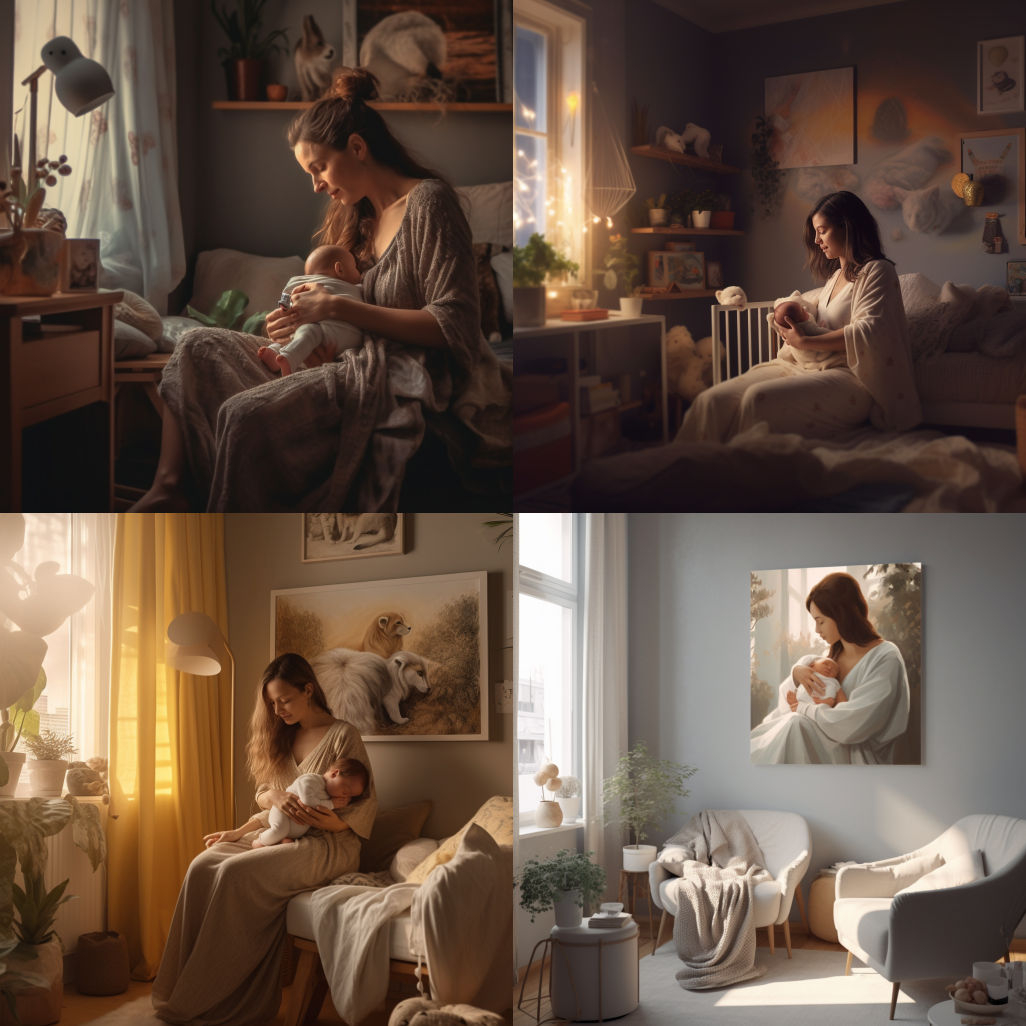
- Storytime: Photograph the parents or siblings reading a story to the baby, creating a warm and cozy scene filled with love and imagination.

- Baby details: Capture close-ups of the baby’s tiny hands, feet, ears, and facial features to preserve these precious details for years.
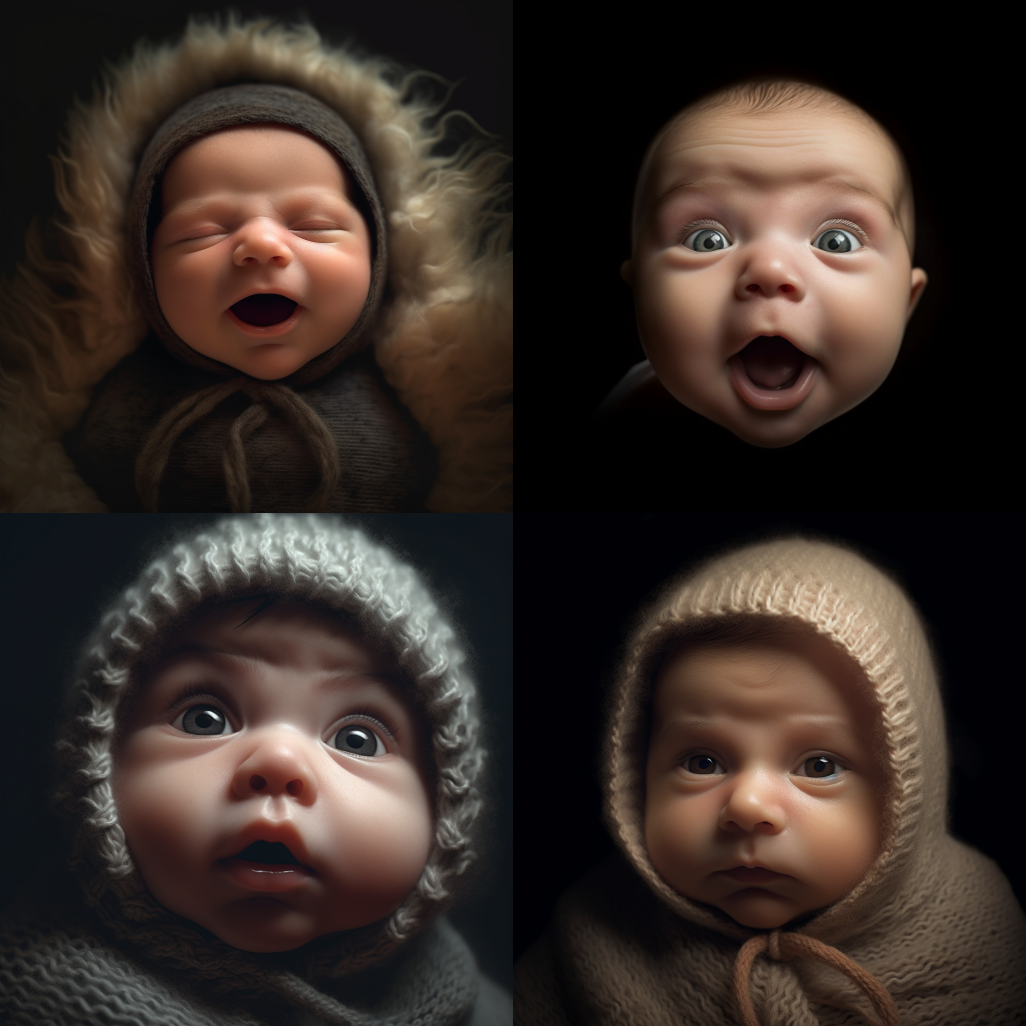
- Candid moments: Capture authentic emotions during this precious period by taking candid photos of the family and the baby, freezing spontaneous instances of laughter, tears, and heartfelt interactions.
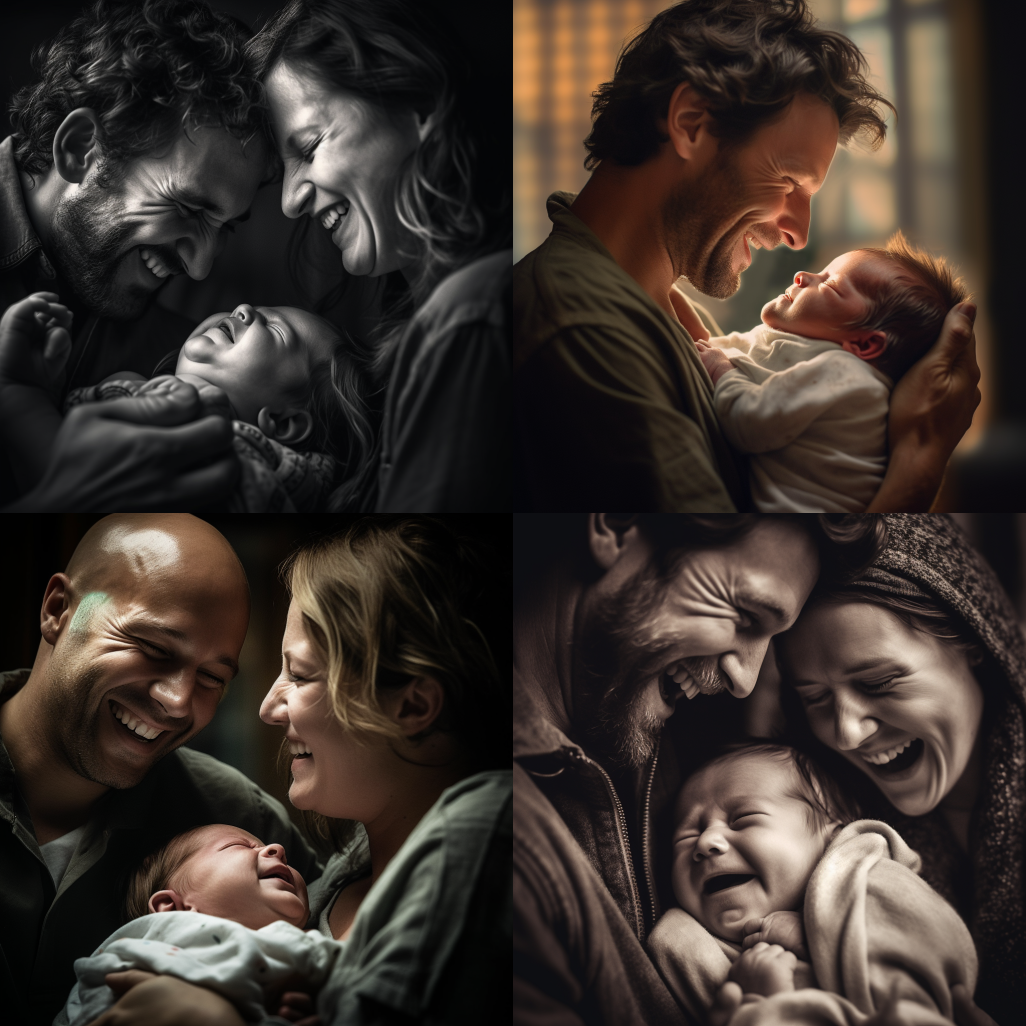
- Baby’s daily routine: Document the baby’s bath time, diaper changes, or naptime to showcase the day-to-day life experiences of a newborn.
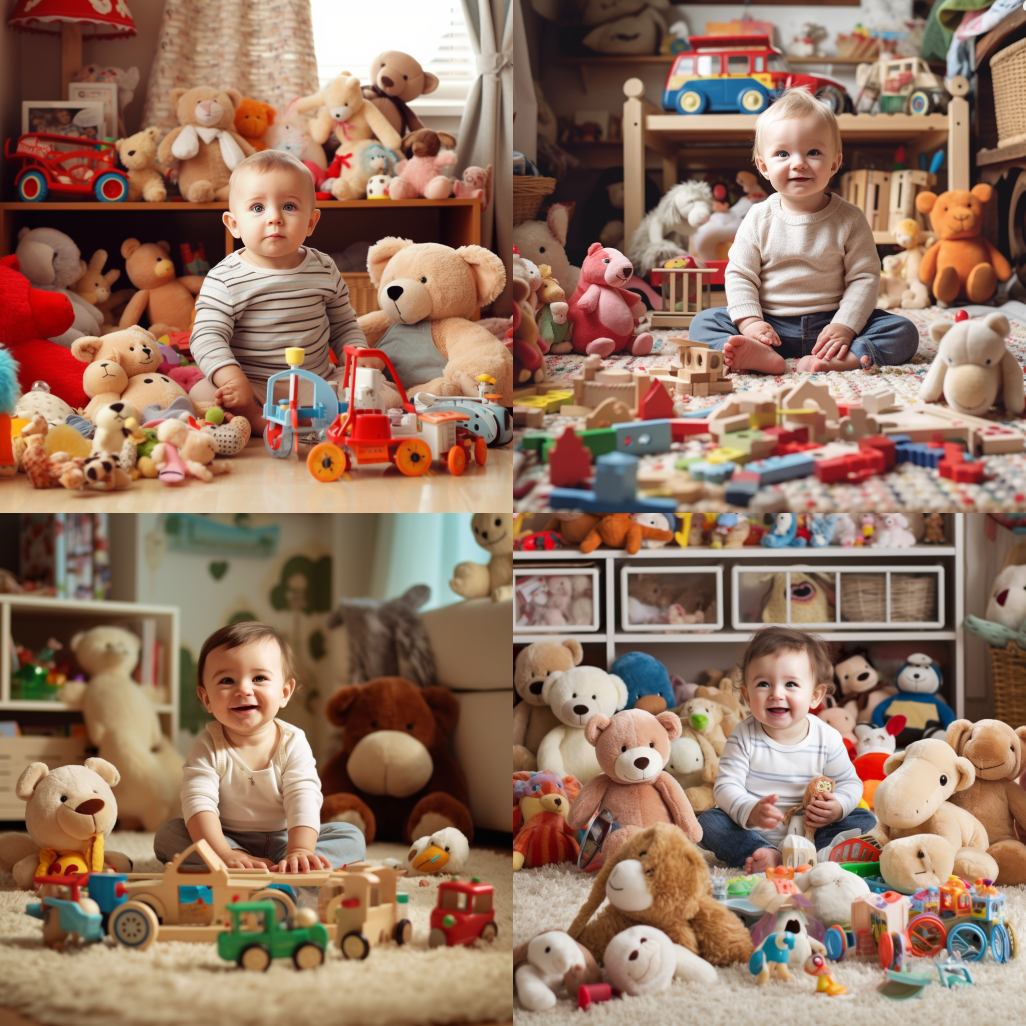
- Include pets: If the family has pets, include them in the photoshoot to show the whole family dynamic and the bond between the animals and their new human sibling.

What is the best age to take newborn photos?
The best age for baby photos depends on the milestones and stages of development you want to capture. Here are some popular age ranges for baby photography:
| Age Range | Description |
|---|---|
| 5-14 days | Newborn stage, ideal for sleepy, curled-up poses and capturing the first days of baby’s life. |
| 3 months | Babies start to hold their head up, show more expressions, and interact with their environment. |
| 6-7 months | Babies can sit up unassisted, making for diverse posing options and more interaction. |
| 9 months | Babies start to crawl, stand with support, and may display a variety of facial expressions. |
| 12 months (1 year) | First birthday, often celebrated with a cake smash or themed photoshoot capturing milestones. |
What time is best for in-home newborn photos?
The best time for in-home newborn photos is usually when the baby is between 5 to 14 days old. During this time, the baby is still very sleepy and more easily posed in those cute, curly positions characteristic of newborn photography. Additionally, it’s also a time when newborn acne and other skin issues are less likely to be present.
As for the time of day, it’s generally best to schedule the session during the baby’s most alert and calm period. This can vary from baby to baby, but many newborns tend to be more relaxed and cooperative in the late morning or early afternoon after being fed and changed. Natural light is also an important factor, so try to schedule the session when your home gets good natural light, as this will help create soft, flattering images.
What images do newborns prefer?
Newborns have limited visual abilities, and their vision develops gradually over the first few months of their lives. Initially, they tend to prefer high-contrast images with simple shapes and patterns. Some specific preferences include:
- Black and white patterns: Newborns can’t see a full range of colors yet, so they are more attracted to high-contrast black and white prints. Bold, geometric shapes and stripes can be particularly engaging.
- Faces: Newborns are naturally drawn to faces, especially their caregivers’ faces. They can focus better on faces about 8-12 inches away from them, which is approximately the distance between a baby and their parent during feeding or holding.
- Curved lines and shapes: Research suggests that newborns prefer curved lines and shapes over sharp angles or straight lines.
- Red or other high-contrast colors: As the baby’s color vision develops, they may prefer bright, high-contrast colors like red, which can be easier to see.
Should parents be in newborn photos?
The decision of whether parents should be included in newborn photos is a personal one and ultimately depends on the preferences of the parents and the photographer.
Some parents may prefer to have only their newborn baby in the photos to capture those precious early moments of their baby’s life. In contrast, others may want to be included in the pictures to document their first moments as a new family.

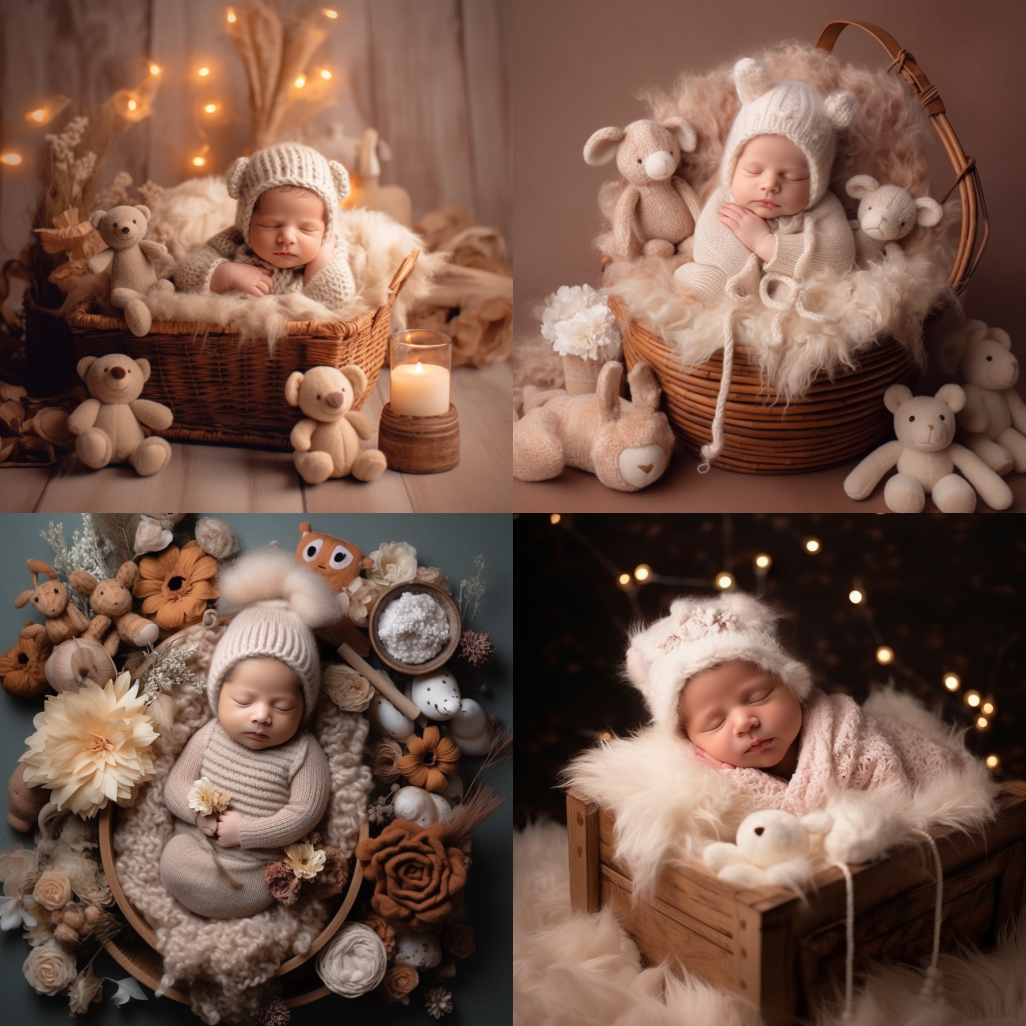


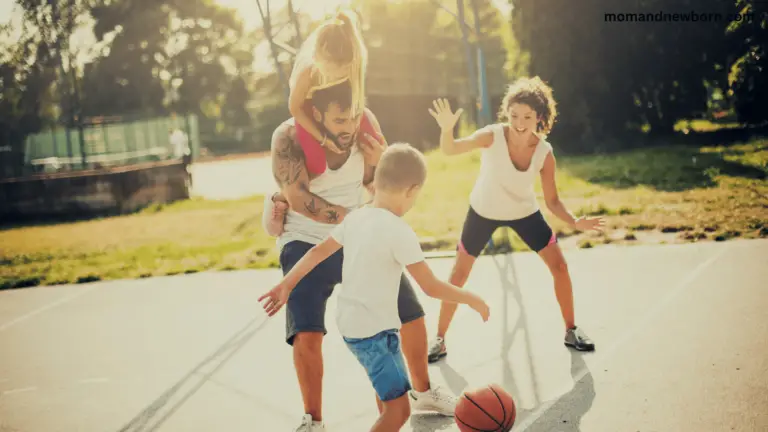
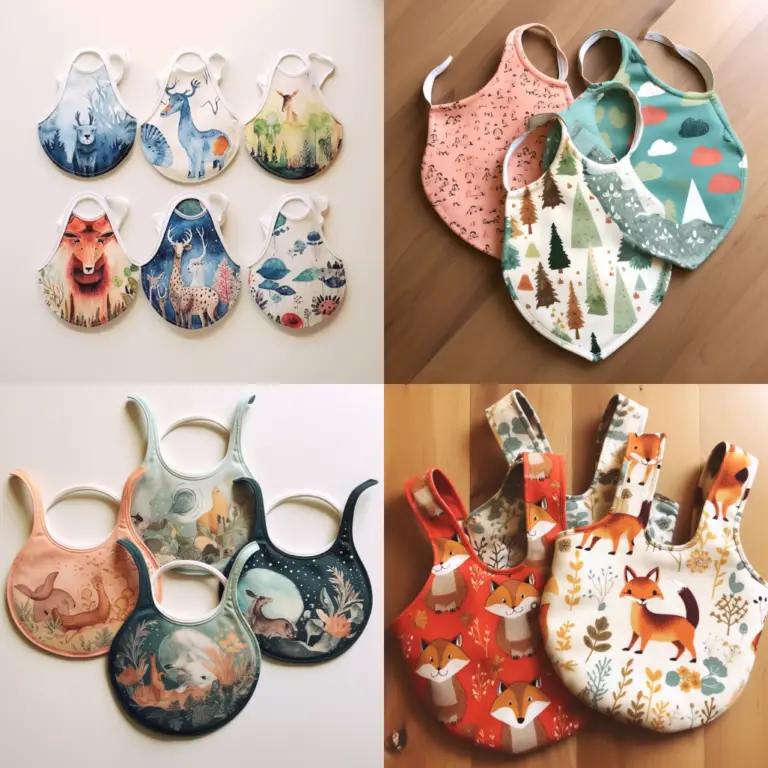
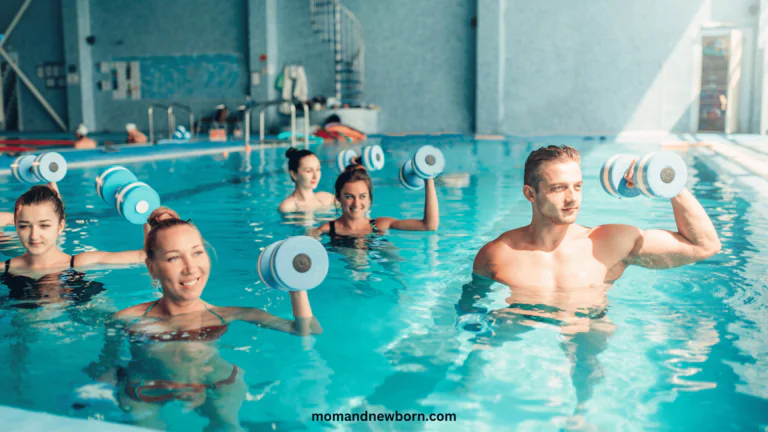

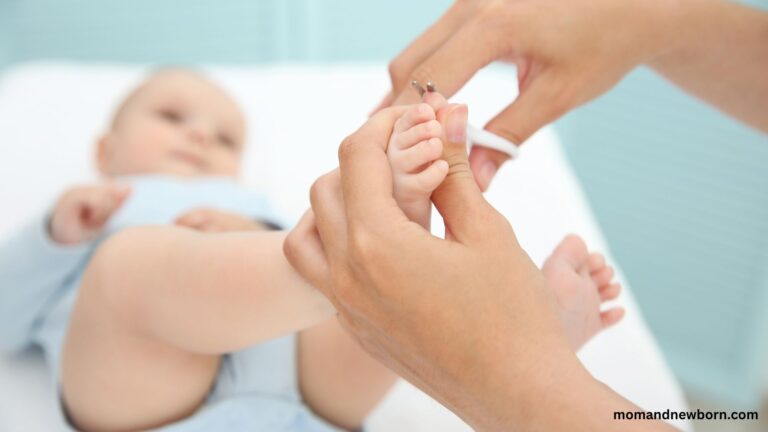
4 Comments